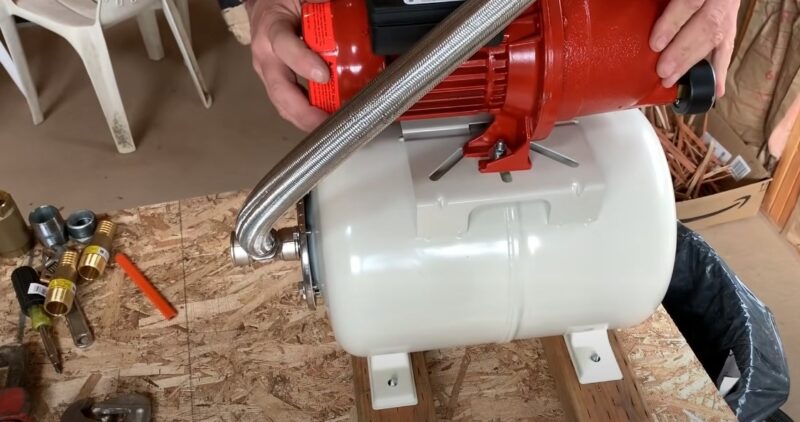I'm getting bids on a grid-tie solar system, and I'm trying to figure out solar battery backups. In particular, I have 2 scenarios that I'd like to figure out how to make work:
1) A California wildfire takes out the grid power to our house, and before we evacuate I turn on my roof-mounted sprinklers. Solar panels power the well pump to sprinkle while the panels are generating power during the day (probably via sprinkler timer so the battery doesn't drain by sprinkling all night), battery backup needed to turn the system on, because without a battery if the grid power goes down the solar automatically cuts off so it doesn't backfeed into a dead grid.
2) We're home for a power outage, run the well pump and freezers during the day when the panels are generating, turn almost everything off at night.
I understand there are a few inverters out there (StorEdge is one available now, EnCharge coming in a few months) that can do this automatically, by DC coupling, but the batteries are huge and expensive. I'm not interested in running the big loads overnight, just in keeping the panels capable of producing power during the day. A small and cheaper battery should work fine for this. Is AC coupling something I should research? Would I then have to install a generator switch to disconnect the house from the grid during a power outage? Or am I misunderstanding something basic?
My power company is a small coop which doesn't participate in the SGIP battery incentive, and doesn't have time of use pricing
1) A California wildfire takes out the grid power to our house, and before we evacuate I turn on my roof-mounted sprinklers. Solar panels power the well pump to sprinkle while the panels are generating power during the day (probably via sprinkler timer so the battery doesn't drain by sprinkling all night), battery backup needed to turn the system on, because without a battery if the grid power goes down the solar automatically cuts off so it doesn't backfeed into a dead grid.
2) We're home for a power outage, run the well pump and freezers during the day when the panels are generating, turn almost everything off at night.
I understand there are a few inverters out there (StorEdge is one available now, EnCharge coming in a few months) that can do this automatically, by DC coupling, but the batteries are huge and expensive. I'm not interested in running the big loads overnight, just in keeping the panels capable of producing power during the day. A small and cheaper battery should work fine for this. Is AC coupling something I should research? Would I then have to install a generator switch to disconnect the house from the grid during a power outage? Or am I misunderstanding something basic?
My power company is a small coop which doesn't participate in the SGIP battery incentive, and doesn't have time of use pricing

Comment